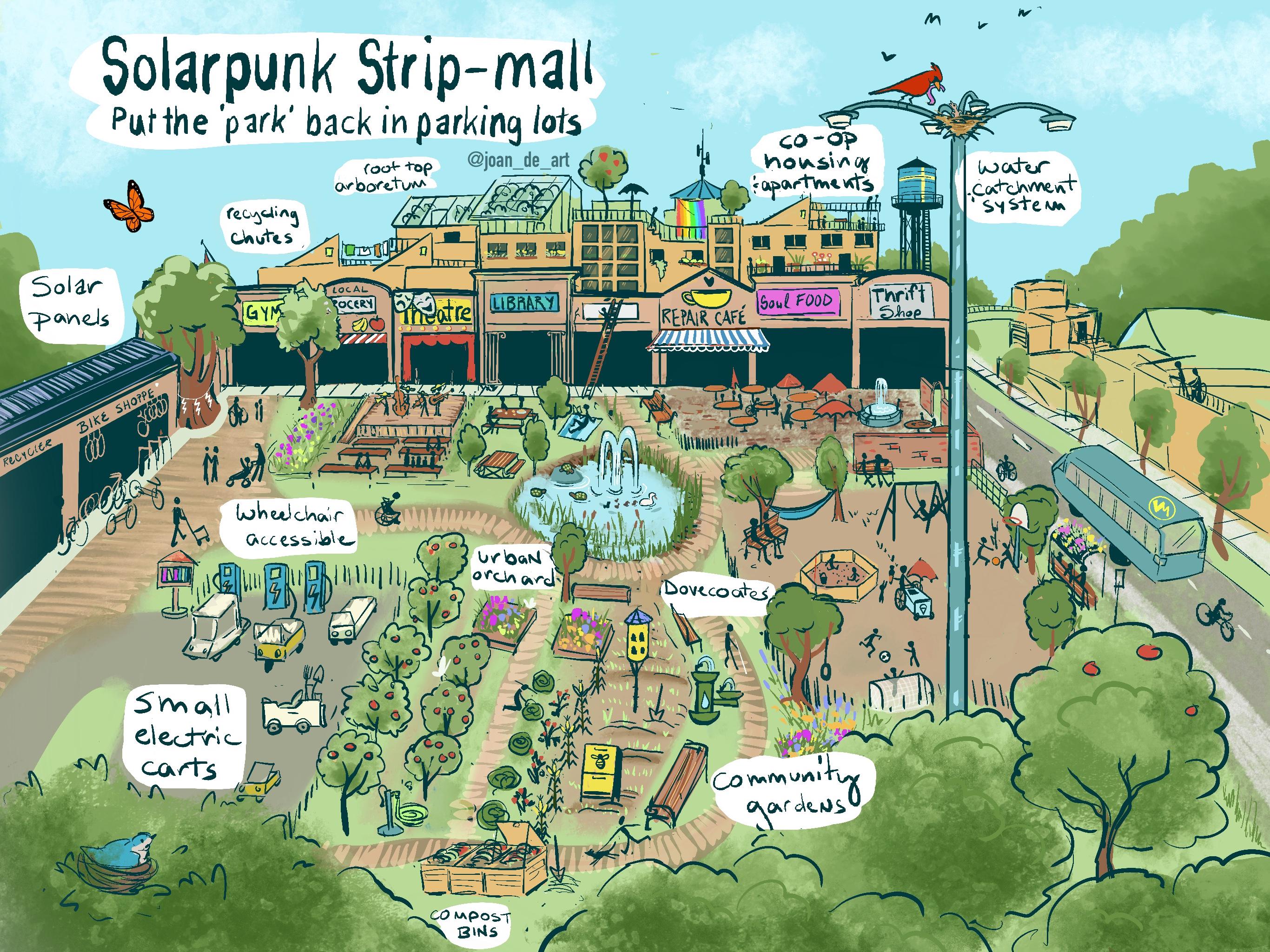Solarpunk Urbanism
1790 readers
24 users here now
A community to discuss solarpunk and other new and alternative urbanisms that seek to break away from our currently ecologically destructive urbanisms.
- Henri Lefebvre, The Right to the City — In brief, the right to the city is the right to the production of a city. The labor of a worker is the source of most of the value of a commodity that is expropriated by the owner. The worker, therefore, has a right to benefit from that value denied to them. In the same way, the urban citizen produces and reproduces the city through their own daily actions. However, the the city is expropriated from the urbanite by the rich and the state. The right to the city is therefore the right to appropriate the city by and for those who make and remake it.
Checkout these related communities:
founded 2 years ago
MODERATORS
51
52
53
54
55
56
57
58
59
60
61
62
63
64
65
66
1
A Historical Perspective on Los Angeles' Traffic Congestion Fight - Streetsblog California
(cal.streetsblog.org)
67
68
69
70
71
0
Resisting Evictions of the Urban Poor: A Resource for Housing Rights Advocates
(www.inklusibo.org)
72
73
74
75
















